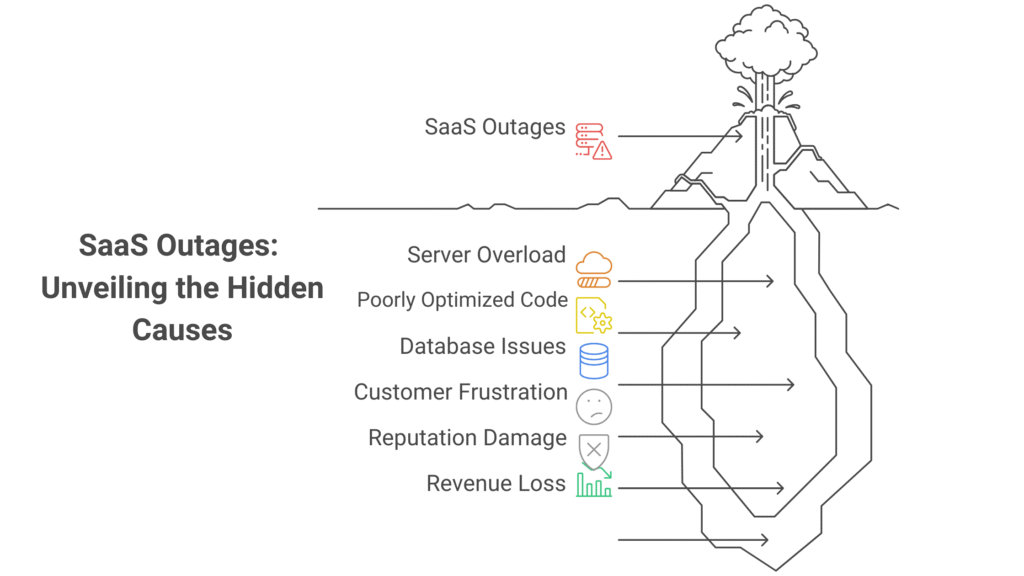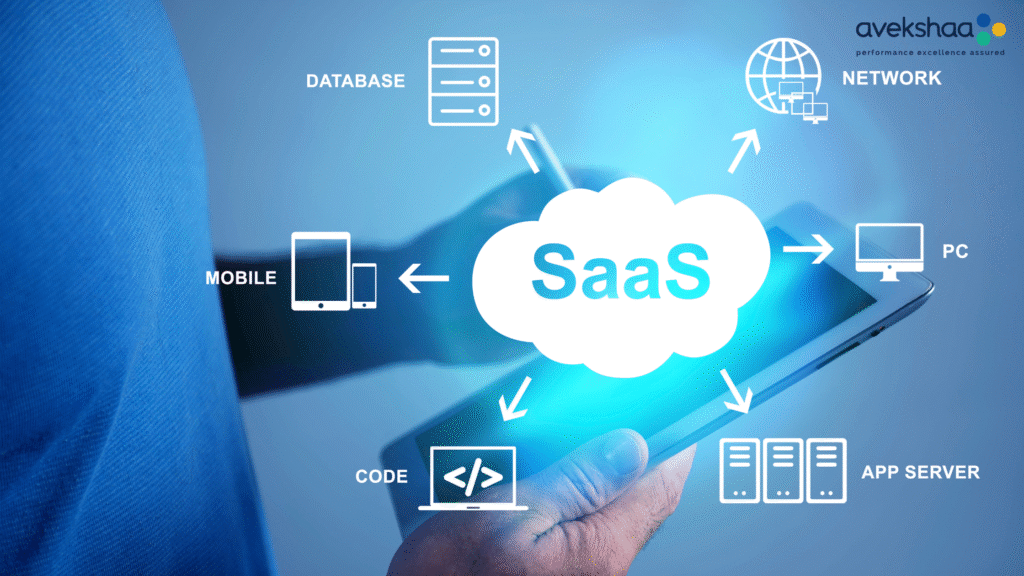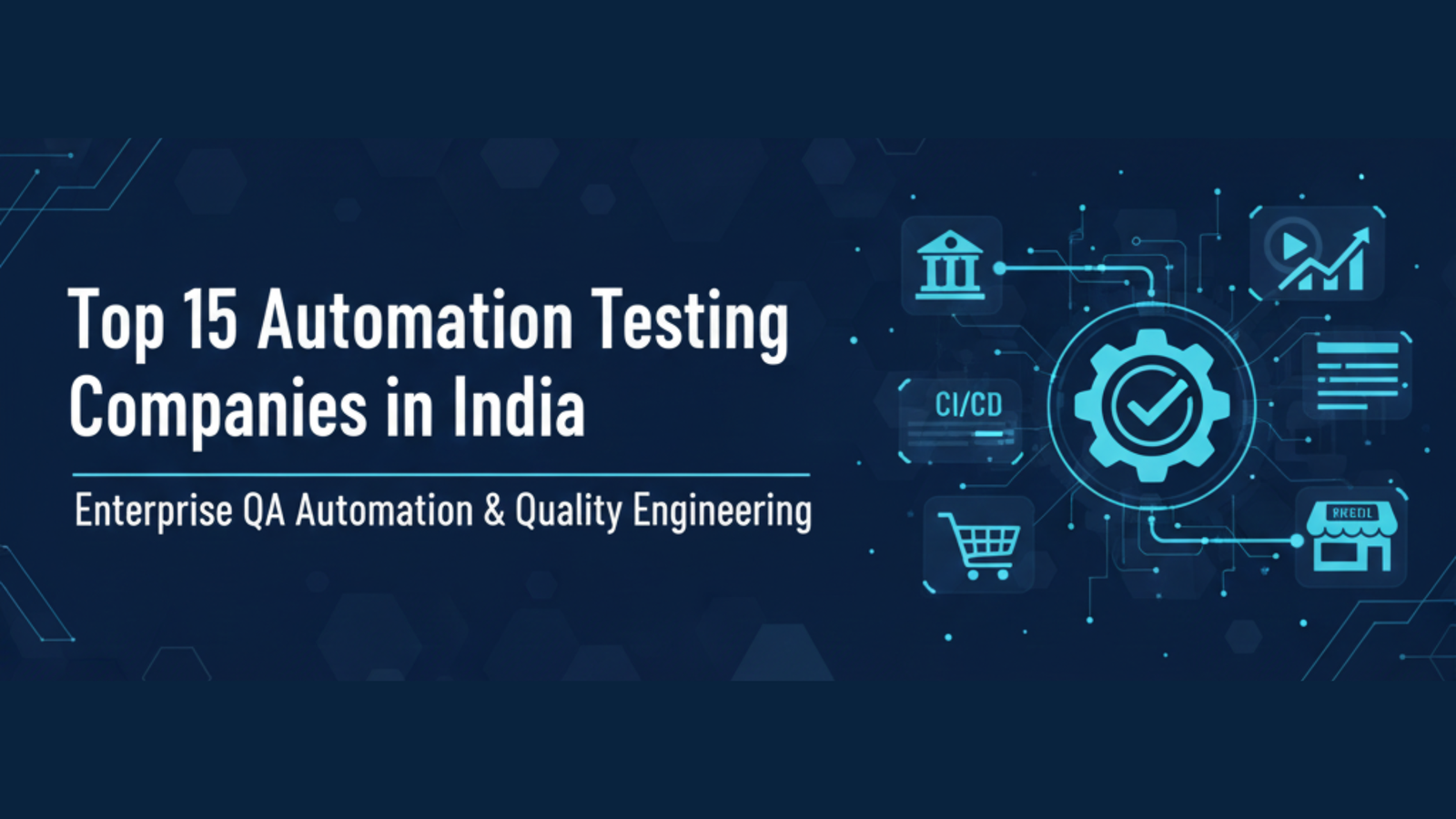SaaS is everywhere. It is the way most of us now use software. From project management tools to video conferencing platforms, from CRM systems to accounting apps, everything is moving to the cloud.
We no longer download bulky software or wait for CDs to arrive in the mail. We log in, and the app is ready.
But that shift has also changed what users expect. They want everything to be fast, reliable, and always available.
A small delay can feel like an eternity when you are working. A short outage can disrupt a customer’s workday. In SaaS, performance is not just about technology. It is a core part of the business model.
We have seen this in every market segment. The SaaS players that focus on speed and scalability grow faster and keep customers longer. The ones that do not, lose out.
Did you know? A study by New Relic found that 74% of organizations reported increased revenue thanks to improved application performance, and notably, a 1% improvement in SaaS performance can boost conversion rates by 1–5%. – source
SaaS Business Models in Brief
SaaS is flexible in how it earns revenue. The most common model is subscription based. Customers pay monthly or yearly to use the app. This creates predictable revenue and makes budgeting easier for both sides.
Another approach is the freemium model. The basic version is free, but users pay for advanced features. This works well for attracting a large audience and then converting them to paid users.
Some SaaS products use pay as you go pricing. Customers pay for what they use, which is popular in cloud infrastructure services. Others focus on enterprise licensing. Large companies pay for customized solutions that fit their needs.
No matter the model, retention is key. Keeping customers is far more profitable than constantly finding new ones. That is why performance is so important.
Why Speed Matters in SaaS
People do not wait for slow apps. If your SaaS tool takes a few extra seconds to load, some users will click away. They might not come back. This is not just about user patience. It affects revenue directly.
Slow response times can hurt conversions. They can lower renewal rates. They can reduce upsell opportunities. Even small delays create frustration. In competitive markets, that frustration can send customers to a rival that feels faster and smoother.
We have seen cases where just a few milliseconds make a difference in whether a user completes a task or abandons it. Speed builds trust. Trust keeps people using your product.
The Role of Scalability in SaaS Growth
Scalability is about handling growth without slowing down. If you get more users, or if existing users start doing more work on your platform, performance should not drop.
That means planning for peak usage times. Auto scaling infrastructure can help handle sudden surges in activity. Cloud services make it easier to expand capacity without long delays.
For SaaS companies with a global audience, scalability also means delivering consistent performance no matter where the user is. Content delivery networks can help make that possible. A scalable SaaS product feels the same whether you have one thousand or one million users.
When SaaS Apps Fail on Speed or Scale
We have all heard of big SaaS outages. They make the news. A major platform slows down or goes offline, and millions of people are affected. Sometimes the cause is a server overload. Other times it is poorly optimized code or a database that cannot keep up.
The result is almost always the same. Customers get frustrated. Some leave. Reputation takes a hit. Revenue drops.
One well known productivity platform had a major outage a few years ago that lasted several hours. The company faced a wave of customer complaints and had to offer credits to its paying users. It was a costly reminder that performance is not optional.

Building Speed and Scale into the SaaS Model
We believe speed and scalability have to be part of the design from the start. Waiting until the app is live to think about performance is too late.
Application performance testing before deployment can find bottlenecks before users ever see them. Real time app performance monitoring makes it possible to spot slowdowns as they happen and fix them before they become outages.
Using a well designed cloud architecture allows you to scale quickly. Adding a content delivery network can speed up access for users around the world.
Regular software quality testing keeps bugs and inefficiencies from building up. Performance is not just about the infrastructure. It is about the entire software lifecycle.
Performance as a Competitive Edge
When your app is fast and reliable, you have a real advantage. Customers notice. They use the product more and recommend it to others. They are less likely to leave.
Investors also care about performance. A SaaS company with solid scalability metrics looks more valuable. Enterprise customers demand reliability before they sign large contracts.
We have seen over and over that the SaaS companies that win on speed are the ones that lead their markets. It is not just a technical win. It is a business win.
Conclusion
Speed and scalability are not extras in SaaS. They are at the heart of long term success. The market is crowded.
Customers have many options. The best way to stand out is to deliver an experience that is always fast and always ready, no matter how many people are using it.
It is not just about keeping servers running. It is about building trust with every click and every login. That trust turns into renewals, referrals, and growth. At Avekshaa Technologies, we help SaaS businesses achieve that level of performance.
With our expertise in application performance management, app performance monitoring, and software quality testing, we make sure your platform is ready for growth. We work with you to deliver speed, scale, and reliability every time your customers log in.
Frequently Asked Questions
1. What are the main types of SaaS business models?
The most common SaaS business models include subscription-based pricing, freemium with paid upgrades, pay-as-you-go usage billing, and enterprise licensing for customized solutions. Each model offers different advantages depending on the target audience and market strategy. Regardless of the model, customer retention is essential for long-term profitability.
2. Why is application speed so critical for SaaS businesses?
In SaaS, speed directly impacts user experience and business performance. A slow-loading app can frustrate users, reduce engagement, and even lead to customer churn. Studies show that even a small delay can hurt conversions, renewals, and upsells, making speed a direct driver of revenue and trust.
3. How does scalability affect SaaS growth?
Scalability ensures that a SaaS platform can handle more users or higher workloads without a drop in performance. This includes planning for peak traffic, using auto-scaling infrastructure, and ensuring global performance consistency. A scalable system provides the same quality of service to a few hundred or a few million users.
4. What happens when a SaaS application fails on speed or scale?
Performance failures can lead to outages, slow response times, and frustrated customers. These issues damage a company’s reputation, cause loss of revenue, and increase churn. Major outages can even make news headlines and require expensive compensations to affected customers.
5. How can SaaS companies build speed and scalability into their products?
Speed and scalability should be considered from the design phase, not as an afterthought. This includes using application performance testing before launch, real-time monitoring to detect slowdowns, and a robust cloud architecture. Content delivery networks can also improve speed for global users.
6. Is performance more important than features in SaaS?
While features attract customers initially, performance keeps them loyal. A feature-rich product with poor speed or stability will frustrate users and push them toward competitors. In many cases, customers prefer fewer features with excellent speed and reliability over a slow, complex tool.
7. How does speed influence customer trust in SaaS platforms?
Fast applications create a sense of reliability and professionalism, leading users to trust the platform more. Trust encourages frequent usage, renewals, and referrals. Over time, this trust becomes a competitive advantage that is hard for slower competitors to match.
8. What role does monitoring play in SaaS performance?
Real-time monitoring helps detect performance issues before they impact a large number of users. It allows technical teams to address slowdowns, optimize infrastructure, and prevent outages. Proactive monitoring can save both revenue and brand reputation.
9. Can global SaaS platforms deliver consistent performance everywhere?
Yes, but it requires the right infrastructure. Using a content delivery network, optimizing code, and leveraging cloud services with global reach can ensure consistent speed worldwide. Without these, users in different regions may experience delays and performance drops.
10. Why is performance considered a business strategy in SaaS?
In competitive SaaS markets, performance is not just a technical metric but a business differentiator. Faster, more scalable apps attract more customers, keep them longer, and drive better financial outcomes. Companies that invest in speed and scale often lead their market segments.


